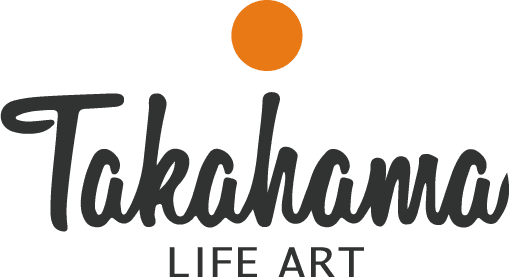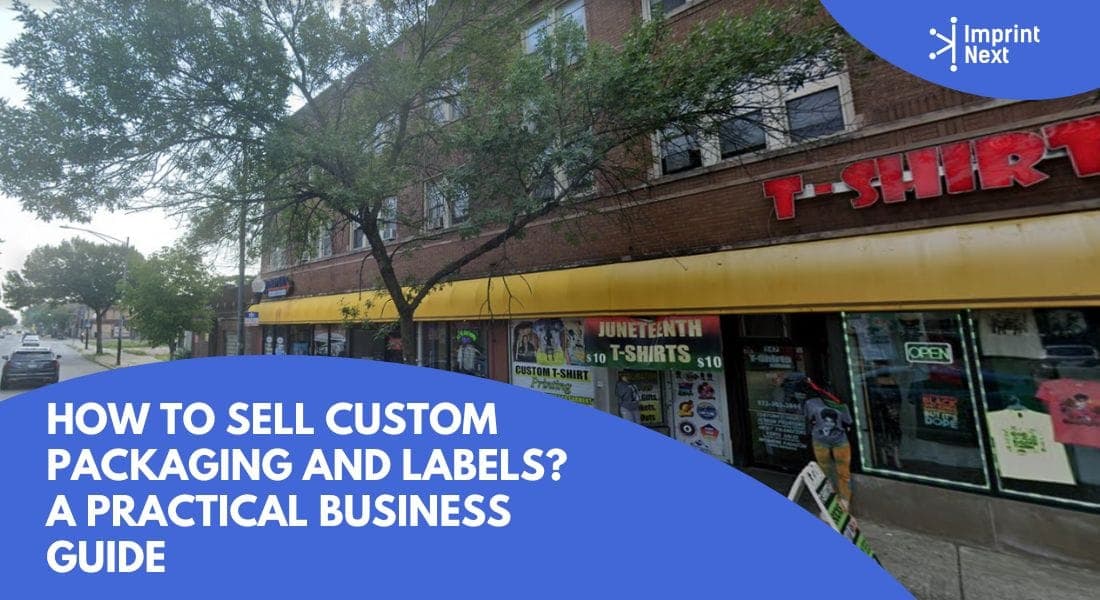
Last Updated on: 6th September 2022, 4:16 am
Digital printing can be scaled up by adding a solvent printer and cutter option to take advantage of high-margin products, such as vinyl
Even one printer can provide greater versatility in the types of products offered, from low to high volumes, with digital decorating equipment. If sustained production is necessary, the simple addition of another printer and auxiliary equipment is usually demanded.
How can you increase the scale of direct-to-garment operation (DTG) to facilitate an increasing number of product products? Everything is possible in a modern digital shop within a relatively small area with just a few pieces of equipment.
The common thing about DTG is that the speed of screen printing will clearly not suit. This is largely the case
Particularly valid for large quantities of the same size. Screen printing is the perfect means of development for you because this is the company strategy and the main form of account you represent.
However, let us assume that you produce a wider range of different types of design. You might have accounts that want two, sometimes more than 100, and each quantity in between. In most industrial manufacturing centers, this is the market condition.
You must adapt for low and large volume customers in order to remain competitive. Some shops address this by the incorporation, in many instances, of digital screen printing and DTG printing.
But let's presume you 're a "new" thinker who needs the use of accessible technology solutions to extend your company. This is achievable not only by the development of current DTG but also by the biggest feeling towards completion.
1. Pod System:
Time-consuming and labor-intensive screen printing, including an ink station, washout the booth, display room, exposition unit, a film-pose printer.
The screen-print presses require a great deal of space and supporting equipment. You must know how all these components work together in detail too.
Issues affecting either of these parts can postpone development until the problem has been solved.
A pod with workflow and a variety of designs can be managed by a single computer. This will operate as a single unit for all printers that manufacture the same specification.
By printer and between anything. The pod system is just as soon as its slowest aspect — which is usually the drying process, just like most manufacturing environments.
For optimum output a forced-air conveyor dryer is necessary.
Drying air is usable across a variety of widths and lengths.
At a minimal belt width of 36 cm, a two-shirt-cross layout is ideal because belt speeds are relatively slow for curing DTG prints. Investing in a 54-inch belt will make production flow even faster.
2. When the space is limited:
A four-presser tray, pretreatment system in a fairly limited room
A dryer can be extremely productive, and conveyor dryer. Do not restrict the potential to shirt development when considering DTG scalability.
Most customers require promotional products outside clothing and digital equipment stands out not only because of minimal space requirements but also because of the versatility provided by just a handful of equipment.
Thought outside jackets, it may be appropriate for the consumers to provide signs, decals, posters, or wraps.
Adding a solvent printer can increase the product range with a relatively minimal investment option.
Margins for vinyl goods are strong and when they see what is on the market, the appetite of consumers is increasingly increasing.
3. Dye-sublimation:
The dye-sublimation of garments is another technique that needs little space and is highly veracious.
The technique fits best for 100% cotton textiles, although there are a variety of alternatives, including tote bags, wraps, towels at the pool, tops, hoodies, jeans, twill, and more.
Dye sublimation is also strong in ceramic, concrete, and other substrates, demonstrating the possibilities for medals, lanyards, mugs, and concrete decoration such as signage, plus more snowboards.
4. Embroidery Machine:
An embroidery machine can be the last piece of digital equipment that ties your digital shop together. Embroidery can be mixed with digital applications like tackle twill for sports uniforms, or professional applications on jackets and more.
Standalone embroidery always is in demand, and a few embroidery machines will not take up space and offers increased value and versatility to your product offerings.
5. Scalability:
Scalability in a digital shop is a simple concept that is easy to implement and offers a considerable amount of product versatility.
As production demand grows, digital shop operators simply can add printers and other equipment to meet the demand.
The ability to produce one or hundreds of units is key to staying competitive in this modern marketplace.















